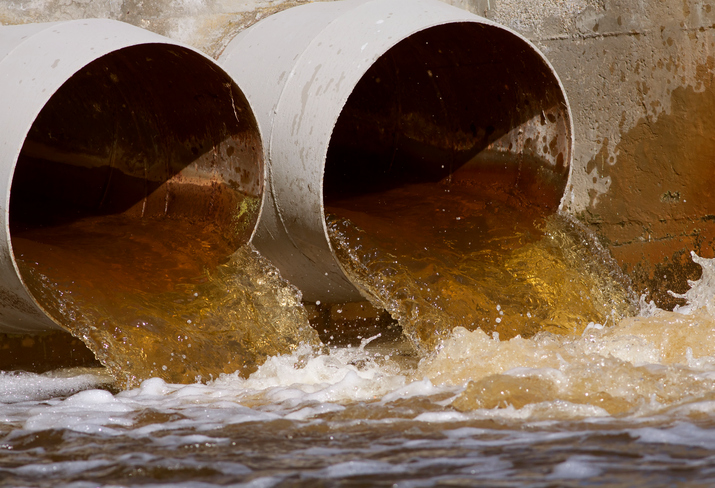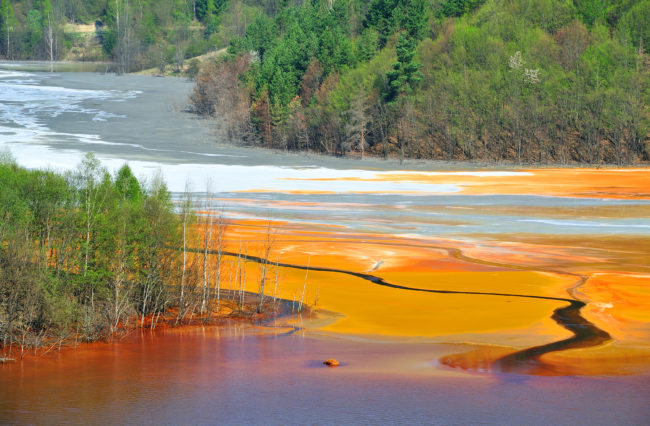As the Biden Administration pushes to transition the country away from fossil fuels to green energy sources, we have been faced with the reality that demand for these necessary minerals could soon outpace supply. For example, electric vehicle manufactures have been searching for additional sources of lithium to meet the Administration’s call for electric vehicles to make up approximately 50 percent of all cars by 2030. Similarly, it is estimated that the world will need almost 50 percent more than its current supply of copper …
Continue Reading









